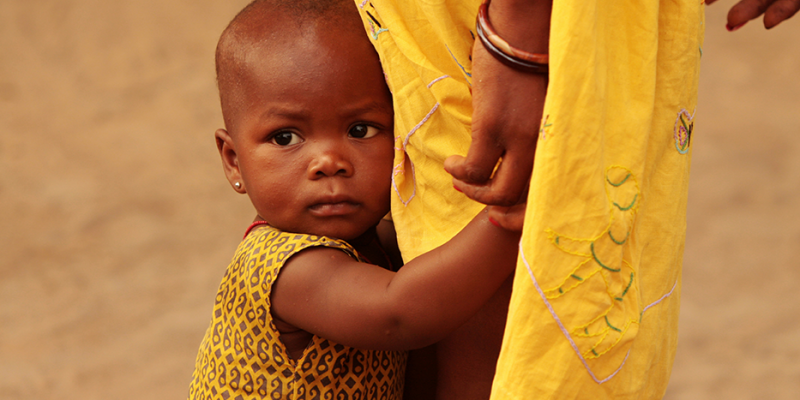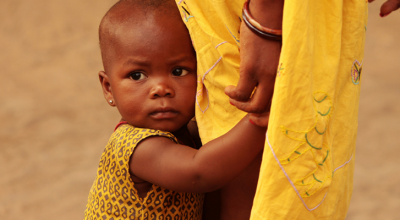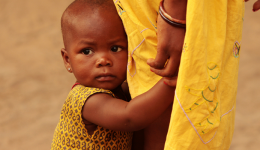In 2010, the United Nations (UN) Secretary-General’s Global Strategy for Women’s and Children’s Health called on the global community to save 16 million lives by 2015 and achieve Millennium Development Goals (MDGs) 4 & 5 – to reduce child mortality and improve maternal health. The strategy highlighted the impact that a lack of access to life-saving commodities has on the health of women and children around the world, which catalyzed the formation of the UN Commission on Life-Saving Commodities for Women’s and Children’s Health (“the Commission”). The Commission – part of the Every Woman, Every Child (EWEC) movement – was formed to increase access to life-saving medicines and health supplies for the world’s most vulnerable people.
The Commission identified a priority list of 13 overlooked life-saving commodities across the reproductive, maternal, newborn, and child health (RMNCH) ‘continuum of care’ that, if more widely accessed and properly used, could save the lives of more than 6 million[1] women and children.
Although demand generation is a persistent weakness across all the commodities, this I-Kit focuses on 9 priority commodities most ripe for demand generation activities: Contraceptive implants, emergency contraceptive pills, female condom, misoprostol, magnesium sulfate, chlorhexidine, ORS, zinc and amoxicillin. Resources for the other commodities may be added in the future, depending on country needs.



